Did you know that the air we breathe indoors can pose a threat to our well-being? Yesterday, my father faced a troubling breathing problem in his own room, leaving me startled and determined to uncover the cause.
It dawned on me that the relentless march of pollution surrounding us is taking a toll on our health. However, there is a captivating solution that can not only improve indoor air quality but also have a profound impact on our overall well-being. Brace yourself as we explore the Best plants for improving indoor air quality and the incredible benefits they offer.

Indoor air pollution is a growing concern as people spend more time inside their homes and workplaces. Poor air quality can lead to respiratory problems, allergies, and other health issues. One way to improve indoor air quality is by using air-purifying plants. These plants absorb harmful pollutants and release fresh oxygen, making the air cleaner and healthier to breathe. In this article, we will explore the top 10 best plants for improving indoor air quality and creating a healthy home environment.
In the verdant realm of scientific exploration, a renowned investigation conducted by NASA in 1989 bestowed upon us a delightful revelation—a select ensemble of indoor plants possessed the power to diminish the presence of indoor air pollutants, the mischievous culprits known as formaldehyde, among others.
This tidings was indeed a boon for avid admirers of houseplants, such as the exquisite pothos, graciously depicted above! Yet, in the realm of ever-evolving knowledge, a more recent voyage of discovery, embarked upon by the illustrious Journal of Exposure Science & Environmental Epidemiology, unraveled an intriguing tale. They declared, with scientific certitude, that while indoor plants indeed possess the remarkable ability to cleanse the air within abodes, their efforts unfold at a pace too leisurely to impart a substantial transformation.
Top 10 Air-Purifying Plants for a Healthy Home
Spider Plant (Chlorophytum comosum)
The spider plant is a popular choice for improving indoor air quality, as it effectively removes formaldehyde, xylene, and toluene from the air. It is also easy to care for and can thrive in various lighting conditions. The spider plant is a great addition to any room and can even be hung from the ceiling for a unique decorative touch.
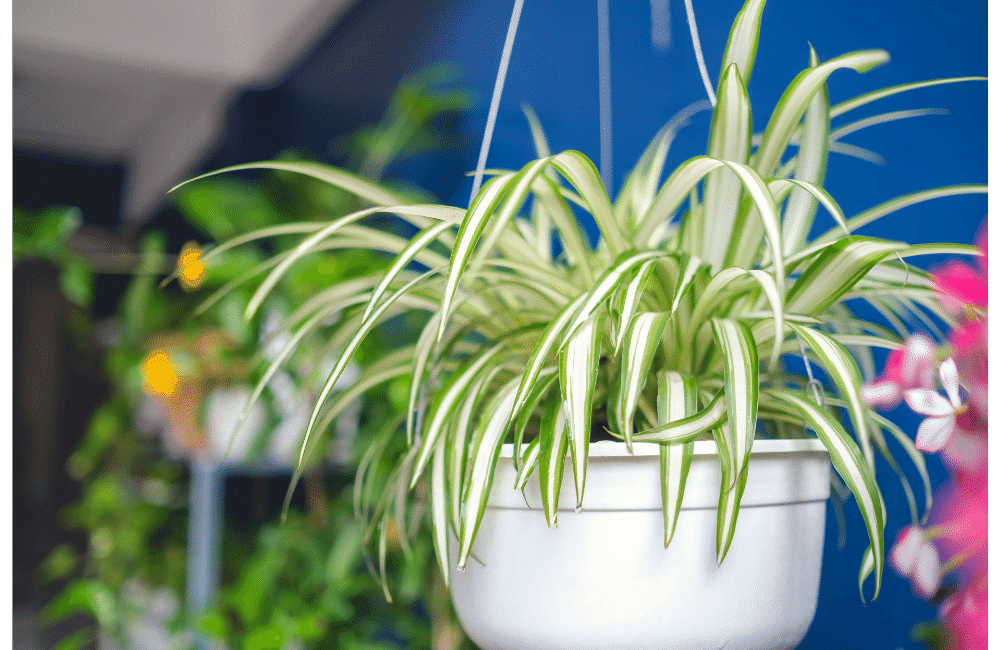
Peace Lily (Spathiphyllum)
The peace lily is a beautiful plant that improves air quality and adds a touch of elegance to any space. It is known for its ability to remove harmful pollutants such as benzene, trichloroethylene, and formaldehyde from the air. The peace lily is also easy to care for, making it a popular choice for indoor gardening enthusiasts.
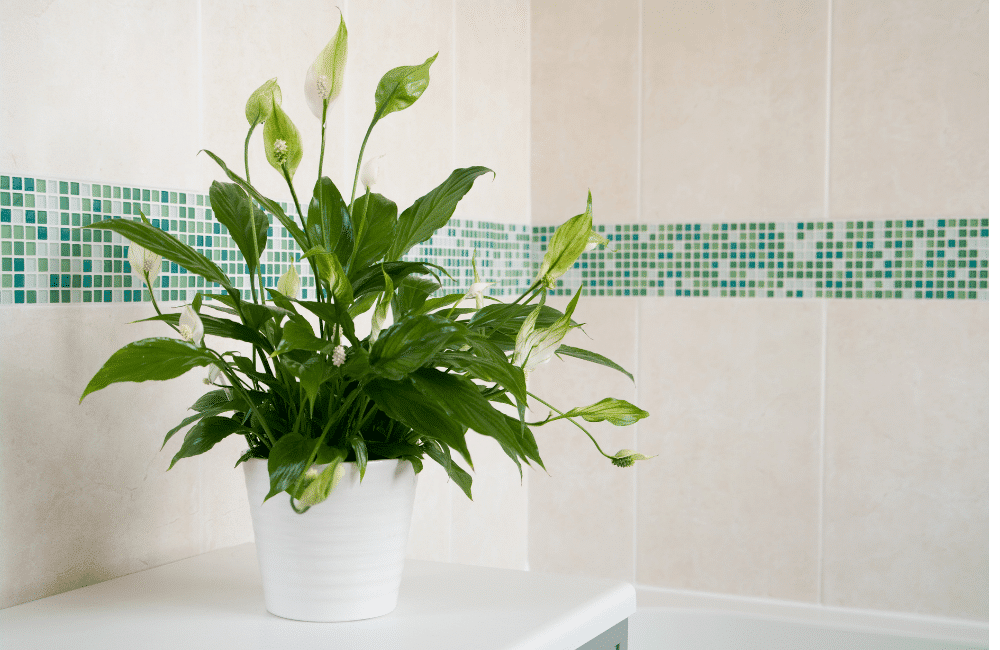
Snake Plant (Sansevieria trifasciata)
The snake plant, also known as mother-in-law’s tongue, is a hardy plant that can tolerate low light and irregular watering. It is an excellent air-purifying plant, removing toxins such as formaldehyde, benzene, and xylene from the air. The snake plant also releases oxygen at night, making it a great addition to a bedroom for a better night’s sleep.
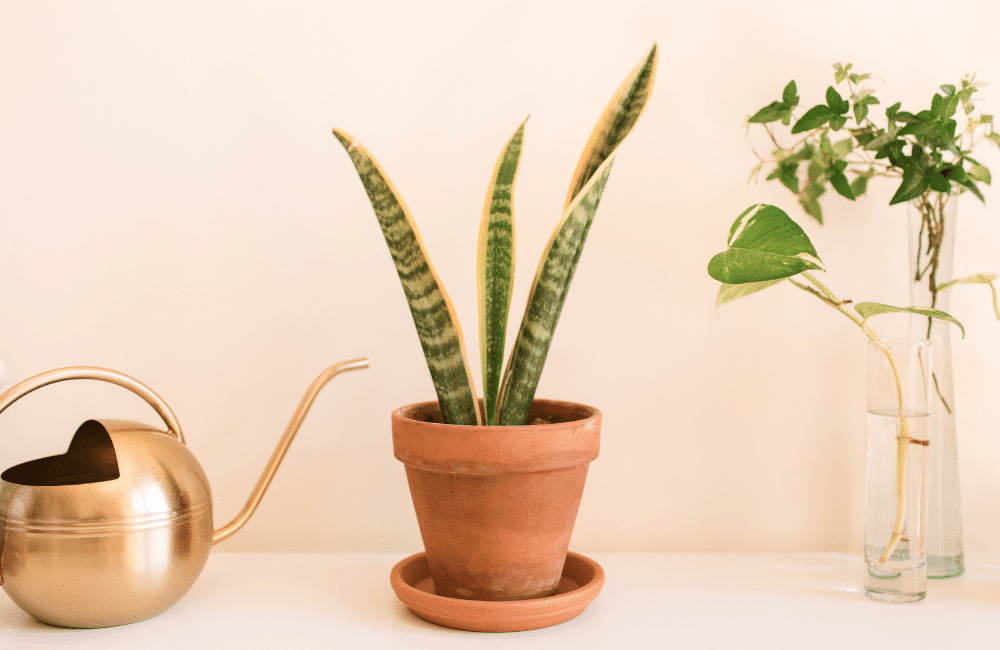
Golden Pothos (Epipremnum aureum)
The golden pothos is a low-maintenance plant that can thrive in a variety of lighting conditions. It is known for its ability to remove pollutants such as formaldehyde, benzene, and xylene from the air. The golden pothos also has a cascading vine-like appearance, making it a beautiful addition to any room.
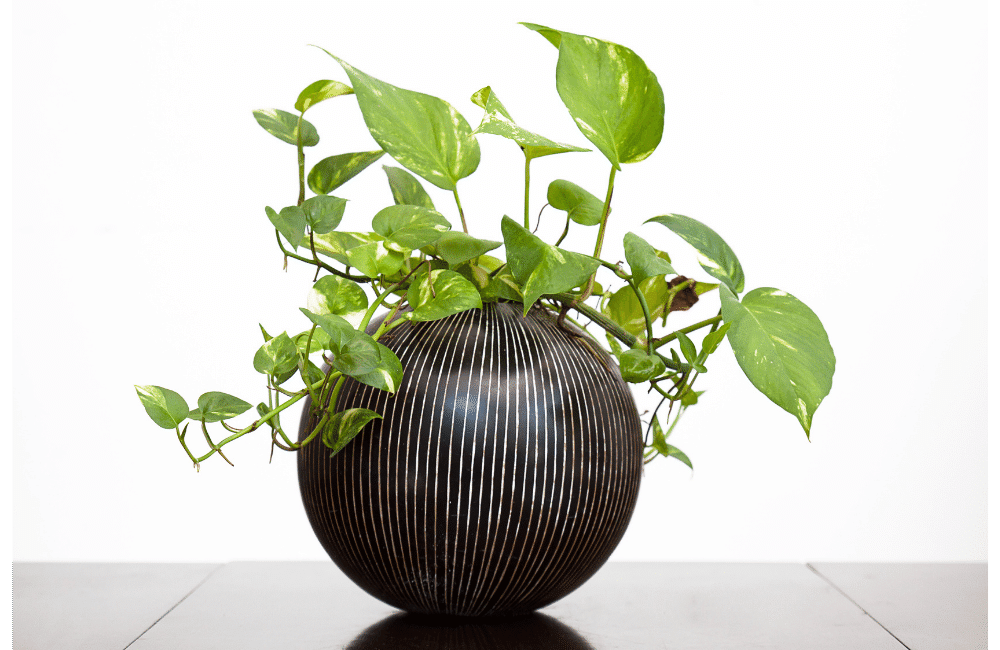
Aloe Vera (Aloe barbadensis)
Aloe vera is not only known for its healing properties but also for its ability to purify the air. It effectively removes formaldehyde from the air and is easy to care for. Aloe vera can be used for a variety of purposes, such as treating burns and soothing skin irritation.
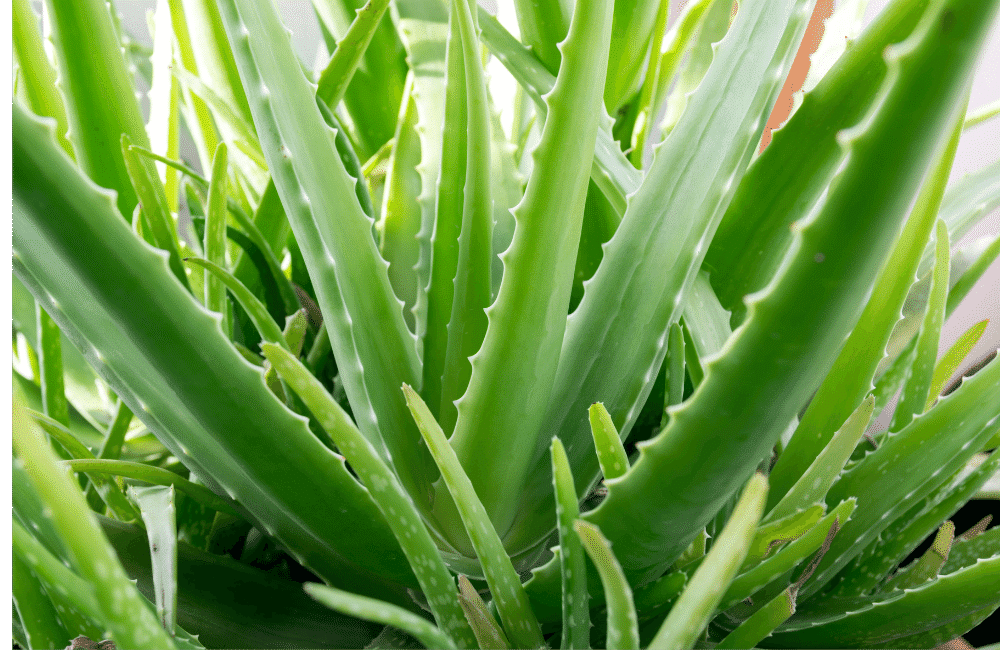
Rubber Plant (Ficus elastica)
The rubber plant is a popular houseplant that adds a touch of greenery to any space and improves air quality. It is known for removing formaldehyde from the air, commonly found in household products such as furniture and cleaning agents. The rubber plant also requires minimal care and can grow quite tall, making it a great statement piece in a room.
Boston Fern (Nephrolepis exaltata)
The Boston fern is a classic air-purifying plant that effectively removes air pollutants such as formaldehyde, xylene, and toluene. It also adds a lush green touch to any space and requires moderate watering and indirect light. The Boston fern is a great addition to a bathroom or kitchen, as it thrives in humid environments.
English Ivy (Hedera helix)
English ivy is a popular climbing plant that is great for purifying the air in your home. It effectively removes harmful pollutants such as formaldehyde, benzene, and xylene. English ivy can be grown in a hanging basket or trained to climb a trellis or wall. It also requires moderate watering and indirect light.
Bamboo Palm (Chamaedorea seifrizii)
The bamboo palm is a tropical plant that effectively removes air pollutants such as formaldehyde, benzene, and trichloroethylene. It requires indirect light and moderate watering, making it a great living room or office space addition. The bamboo palm also adds a touch of tropical elegance to any space.

Dracaena (Dracaena marginata)
The dracaena is a popular indoor plant that effectively removes pollutants such as formaldehyde, benzene, and trichloroethylene from the air. It has a unique look, with long, thin leaves that grow out of a central stem. The dracaena requires indirect light and moderate watering and is a great living room or bedroom addition.
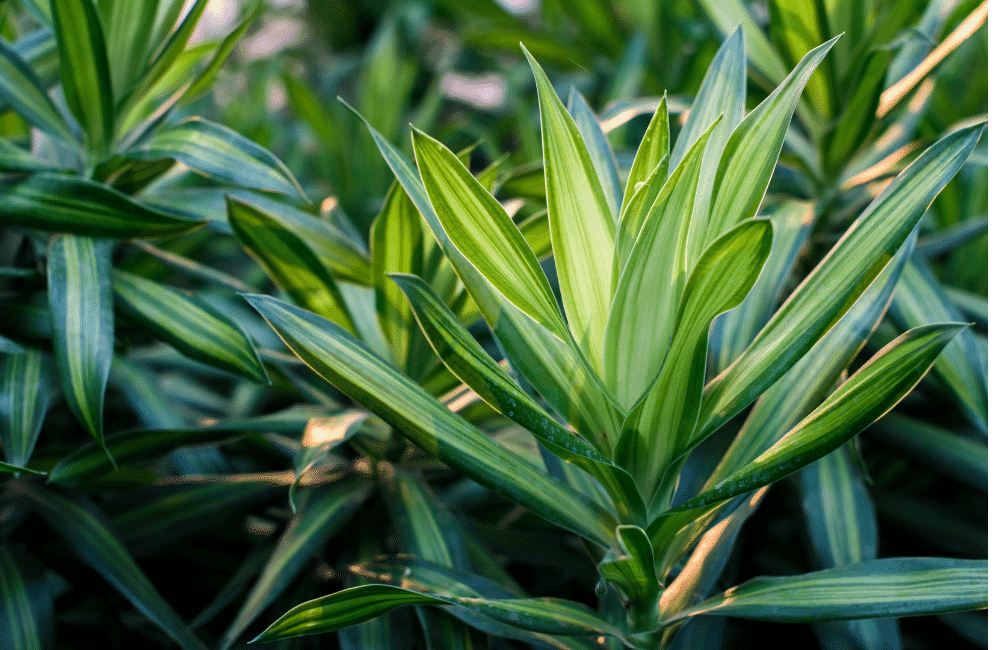
Discover the joy of creating your own home garden with this comprehensive guide.
Benefits Best Plants for Improving Indoor Air Quality
When it comes to improving indoor air quality, certain plants excel in their air-purifying abilities. Here are some of the best plants known for their air-cleansing properties:
- Aloe Vera:
- Removes formaldehyde and benzene from indoor air.
- Renowned for its medicinal properties.
- Spider Plant:
- Efficiently filters out harmful chemicals like formaldehyde, carbon monoxide, and xylene.
- Can reduce indoor air pollutants by up to 90% within two days.
- Snake Plant:
- Absorbs carbon dioxide and releases oxygen at night, making it ideal for bedrooms.
- Highly effective in removing toxins such as formaldehyde, trichloroethylene, and benzene.
- Peace Lily:
- Effectively removes harmful toxins like benzene, formaldehyde, and trichloroethylene.
- Thrives in low light conditions, making it suitable for spaces with limited sunlight.
- English Ivy:
- Reduces airborne mold and formaldehyde particles.
- Dense foliage helps trap and filter pollutants.
- Boston Fern:
- Removes formaldehyde, xylene, and toluene from the air.
- Releases moisture to increase humidity levels and combat dry indoor air.
Immerse yourself in this invigorating environment and experience the transformative power of a breathing exercise that will leave your spirits uplifted and your lungs filled with gratitude.
Benefits of these air-purifying plants include
- Filtering out indoor air pollutants such as formaldehyde, benzene, and VOCs.
- Enhancing the overall air quality in enclosed spaces.
- Providing a natural and cost-effective method of improving indoor air.
- Creating a healthier and more comfortable living environment.
- Adding visual appeal and natural beauty to indoor spaces.
- Contributing to increased oxygen levels and reduced carbon dioxide.
- Some plants release moisture, increasing humidity and combating dry air.
- Certain plants have been shown to reduce airborne mold particles.
- Incorporating these plants can potentially reduce allergies and respiratory issues.
By incorporating these plants into your indoor spaces, you can enjoy cleaner, fresher air and the numerous benefits they provide for your well-being.
Breathe Easy
In conclusion, when it comes to improving indoor air quality, incorporating air-purifying plants into your living spaces can have a significant impact. Plants such as Aloe Vera, Spider Plant, Snake Plant, Peace Lily, English Ivy, and Boston Fern have been proven to effectively filter out harmful pollutants and enhance the overall air quality in enclosed environments.
So, take a step towards greener and healthier living by introducing these air-purifying plants into your indoor environment. Experience the benefits of cleaner, fresher air, and revel in the beauty and tranquility that nature brings to your everyday life. Let these plants transform your living spaces into rejuvenating havens where you can thrive in a healthier and more vibrant atmosphere.

